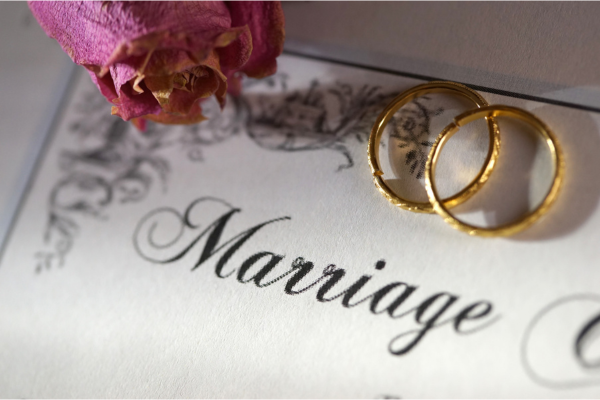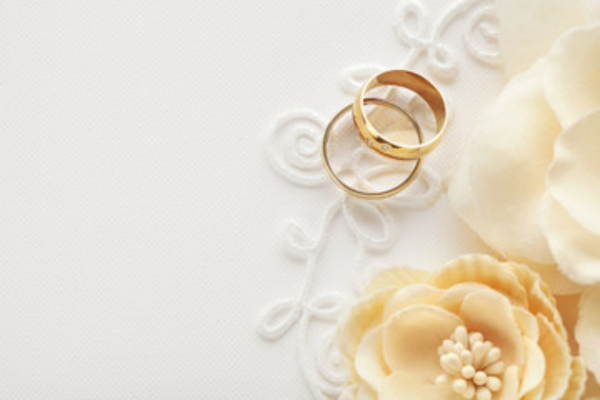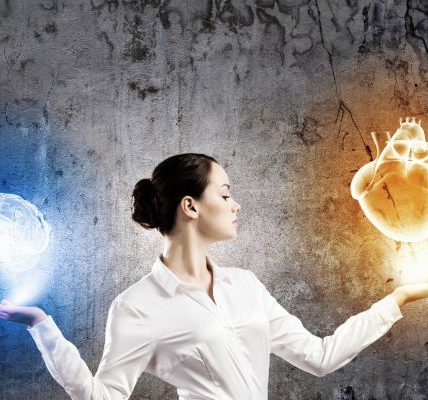The Evolution of Marriage Over the Last 5 Decades — And Where It’s Headed in the Next 50 Years
Few institutions have witnessed as dramatic a transformation in the last fifty years as marriage. Once defined rigidly by tradition, religion, and societal expectations, the concept of marriage has steadily evolved — expanding in meaning, form, and function across cultures.
And now, as we stand at the intersection of technological advancement, gender fluidity, changing economies, and rising individualism, it’s worth asking: Where does marriage stand today? And what might it look like in the decades to come?
Marriage in the 1970s–1990s: Institution and Identity
In much of the world, the late 20th century saw marriage as a foundational rite of passage — a union rooted in tradition, gender roles, and social duty.

Marriage equaled adulthood. Gender roles were defined: men as providers, women as homemakers. Divorce carried stigma; same-sex unions were largely illegal or taboo. Cultural pressure, not personal readiness, often drove the timeline.
Marriage was seen less as a choice and more as a life milestone to achieve.
The 2000s–2010s: Redefinition and Rebellion
As globalization expanded and education levels rose, a new generation began to question the rigidity of marriage.
Love-based marriage replaced arranged structures in many cultures. Women entered the workforce in record numbers, shifting marital dynamics. Divorce rates rose as stigma dropped, and therapy gained popularity. The LGBTQ+ movement led to a wave of legal recognitions globally. Millennials delayed marriage, citing careers, travel, or self-exploration.
Marriage became a lifestyle option — no longer a societal mandate.
2020s to Present: Fluidity, Freedom, and Redesign
The current decade marks a continued shift toward choice, customization, and conscious relationships.
Cohabitation without marriage is socially accepted in many regions. Legal recognition for same-sex and civil partnerships has expanded. Prenuptial agreements, open marriages, and blended families are more common. Some opt out entirely, finding meaning in long-term partnerships without paperwork. Technology influences love — dating apps, virtual weddings, AI-generated vows.
In many ways, marriage is now a flexible framework, shaped by values rather than norms.
Where Does It Stand Today?
Globally, the institution of marriage now exists in multiple parallel realities:
In some countries, it’s still traditional and ceremonial. In others, it’s legal and secular. For many, it’s spiritual and deeply personal. And for others still, it’s irrelevant or optional.
Marriage today is no longer one-size-fits-all. It’s an evolving agreement between individuals who want to build meaning together — not just follow a script.
The Next 3–5 Decades: What Could Change?
1. Tech-Integrated Marriages
Virtual weddings, metaverse unions, or AI matchmaking with deeper emotional compatibility insights could rise. AI might become a relationship coach or emotional mediator.
2. Legal Reform and Global Standardization
International movements may lead to cross-border marital recognition (e.g., global prenups, digital marriage certificates). Marriage rights for polyamorous unions or new partnership formats may be debated.
3. Rise of Purpose-Based Marriages
People may marry for co-parenting, creative collaboration, elder-care, or business — beyond romance. Time-bound or renewable marriage contracts could emerge (e.g., “5-year emotional partnerships”).
4. Gender-Neutral & Role-Fluid Dynamics

Traditional roles will continue to fade. Marriages may revolve more around shared vision than tasks or expectations. Parenting duties and financial responsibilities will be fully fluid across all genders.
5. Redefined Notion of ‘Success in Marriage’
Longevity may no longer be the gold standard. Emotional growth, healing, and life transformation may become new markers of a “successful marriage” — even if it ends.
Marriage is no longer what our grandparents knew — and that’s not a bad thing.
It has evolved from a social obligation to a personal journey. From permanence to presence. From conformity to conscious connection.
As we look ahead, marriage will likely continue to adapt — more inclusive, intentional, and diverse than ever before.
And perhaps, that’s the real beauty of it — not that it remains the same, but that it grows with us.



